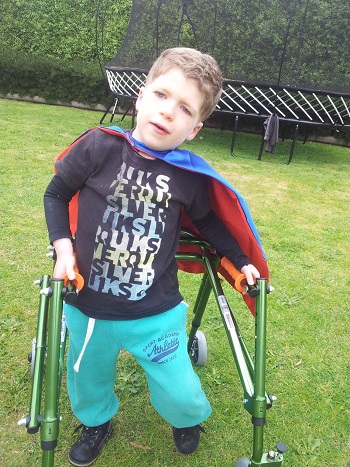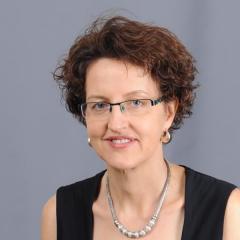
Do you know where your corpus callosum is located? A Queensland Brain Institute researcher at The University of Queensland is on a mission to make sure more people know about the central brain structure by supporting National Corpus Callosum Awareness Day on 2 July.
QBI scientist Professor Linda Richards is working with colleagues at The Murdoch Children’s Research Institute to understand the brain’s most remarkable feature, which connects the left and right hemispheres of the brain.
She has dedicated her career to studying how the corpus callosum is wired, and what happens when the process goes wrong.
“National Corpus Callosum Awareness Day is about appreciating how extraordinary this part of the brain really is,” Professor Richards said.
“In the middle of the brain around two hundred million nerves intersect, and in most cases wire the hemispheres correctly, which if you step back and think about, is quite amazing.
“Unfortunately the process does go wrong, and around one in 3000 people is born with a corpus callosum malformation, which can impact social and language skills, vision and hearing, as well as physical coordination.”
The awareness day is the brainchild of Australian Disorders of the Corpus Callosum (AusDoCC), a volunteer organisation that offers support and information to families or individuals with a disorder of the corpus callosum.
AusDoCC Secretary Maree Maxfield said the disorder can be very debilitating, affecting people with the condition as well as their families.
“Due to improved imaging techniques, a disorder of the corpus callosum may now be discovered in utero, so the condition is being diagnosed much earlier,” Ms Maxfield said.
“Being rare, there has previously been very little awareness or information and it can be a shock for a new parent to be told their baby will be missing a large brain structure.
“Families now have support as they begin what was once a lonely journey.”
The group sees 2 July as becoming an annual day of awareness and recognition for sufferers of corpus callosum conditions.
“Symbolically, like the corpus callosum’s position in the brain, July 2 is the middle day of the year,” Ms Maxfield said.
A family affected by the disorder are available to speak to media on request.
Media: QBI Communications, communications@qbi.uq.edu.au ; Professor Linda Richards, +61 7 3346 6355, richards@uq.edu.au.
AusDoCC media: Maree Maxfield (Melbourne), +61 428 579 216, mareekin@iinet.net.au; Tanya Smith (Perth), +61 431 757 058, jasntan01@gmail.com.




